Mahale Mountains National Park is home to some of the Africa last remaining wild chimpanzees and estimated to have roughly more than 800 residing in this area. Some of them are habituated to human.
This area was traditionally inhabited by the Batongwe and Holoholo people. Tongwe is a small ethnic group of Bantu, therefore this park is situated at the center of Tongwe Land that includes south of the Kigoma Region and north of the Katavi Region. The people had been highly attuned to the natural environment, living with visually no impact on the ecology.
The park was officially declared a National Park in 1985.
Set deep in the heart of African interior, a road free park located about 128 km south of where Stanley uttered that immortal greeting '' Dr Livingstone, I presume''. It is a scene reminiscent of an Indian Ocean Island beach idyll. Silky white coves hem in the sapphire waters of Lake Tanganyika, overshadowed by a chain of wild, jungle draped peaks towering almost 2 km above the shore; the remote, pristine and mysterious Mahale Mountains.
How to get there
- By Air: Mahale can be reached by chartered flight from Kigoma.Dar es salaam,Mwanza, Arusha or any airport in Tanzania.
- By Boat: From Kigoma town it takes 3-4 hrs (by speed motorboat upon prior arrangement with the park), or Twice per month Mv Liemba ferry from Kigoma (8-10hrs) to Lagosa point then arrange a boat with the park to pick you to the park.
- By Road: From Kigoma to nearby villages through Simbo junction (4hrs) then arrange for boat pick up to the park which takes about half an hour cruising through the lake
Best time to visit
The park can be visited throughout a year; however, the best time is during the dry season (May – November) but can be visited also in wet season (December - April), however you will need additional gears such as rain coat and boot for trekking and walking safari.
Available activities
- Chimpanzee Tracking: This activity is conducted from 06.30 to 18.30HRS.
- Walking safari – Short and long walking safari are normally conducted along the existing trails depending on tourist preference such as enjoying physical features, bathing in pools and waterfalls as well as hiking safari.
- The park has 116 trails that covers an area of 37.5km (trails map)

Short walking safari at Kasoge Forest
- Kayaking: This is the activity that offers a visitor an experience to move across water by using kayak. The equipment is offered by tented camps for visitors interested to do kayaking and is always done during the day when the lake is calm.
- Spot fishing: This is a form of recreational activity where the primary goal is the challenge of finding and catching a remarkable size of fish for prestige. The best time to do sport fishing is at mid day and evening before sunset and when the lake is calm
- Scuber Diving: This is a mode of underwater diving in which a scuber diver uses a self- contained underwater breathing apparatus (scuba) to breath underwater, and this activity is conducted in lake show to give opportunity for visitors to view colored fish under the rock crevices.
- Hiking: The hiking towards different peaks within Mahale Mountains National Park is a bit challenging but provides unique and opportunity to experience a diverse forest fauna and flora. Mwesabantu point while hiking Nkungwe peak (2,462 m a.s.l)
Camping:
- Mpira public Campsite: Located north of Kasiha Tourism Centre and approximately 7.5 km from the park headquarter. It can accommodate up to fifteen (15) people at time.
- Sisindiko public Campsite: Located south of Kasiha Tourism Centre approximately 3.5km from mango house bandas. It can accommodate 20 people at a time.
- Ng’anja public Campsite: Located south of Lubulungu River approx. 5.5km from Kasiha Tourism Centre. It can accommodate up to 20 visitors at one time
Filming:
Filming fee: charged per person/day and covers conservation, camping and filming fees. This is applicable to all nationalities.
Main Tourist attractions (Main attractions)Chimpanzees
These are species of Ape which is the most humanity’s closest living relatives. Research of wild chimpanzees teaches us ''man's place in nature'' and provides us with key information that is relevant to re-constructing the social life of early man. Long term field studies on chimpanzees revealed many important facts about them such as hunting, tool-using, medicinal use of plants, social intelligence and existence of culture. Mahale National Park has the highest remaining wild chimpanzee's population in Africa.
Nkungwe Peak: (2,462 m a.s.l)
This is the highest point in Mahale mountains range which bisects the park from NNW to SSE running about 50 km long. This area was held sacred by local Tongwe people. Hiking Nkungwe peak increases visitor’s satisfaction as the slopes supports diverse flora and fauna troops of red Colobus, red tailed and blue monkeys, black and white colubus monkey and colourful birds as well
Lake Tanganyika
Set about 770 meters above sea level, provides swimming opportunity in impossibly clear waters of the world's longest (720km), second deepest (1435m) and least polluted fresh water lake providing aquatic habitat to estimated more than 1000 species
Accommodation
Accommodation in the park includes five self- contained bandas (twin beds), luxury tented camps and camping sites both public and special campsites. Park bandas offers kitchen cooking facilities which requires visitors to come along foods
- Park Bandas
- Greystoke tented camp
- kungwe beach tented camp






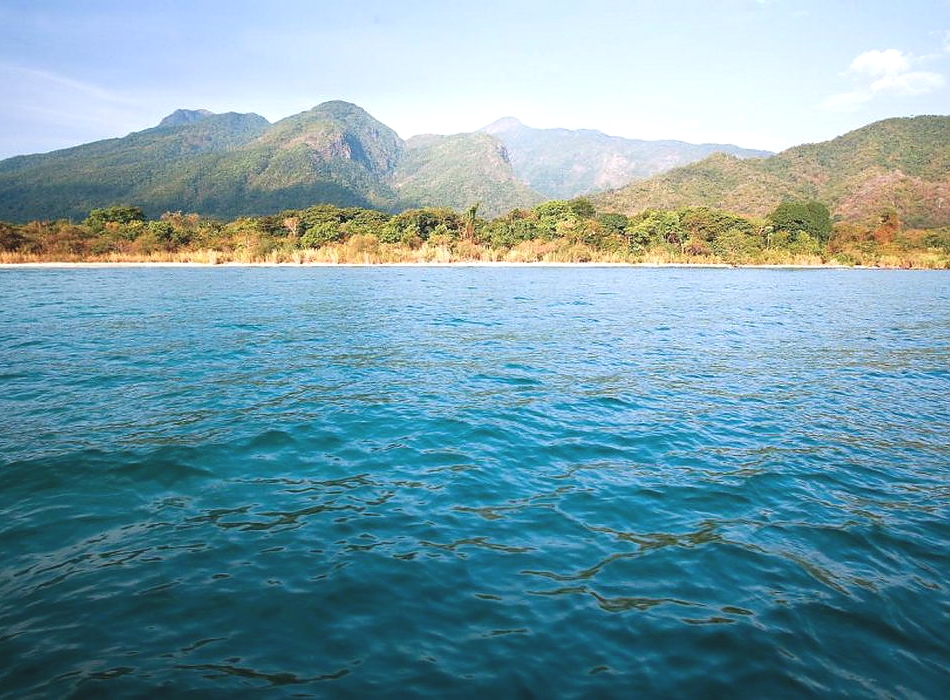
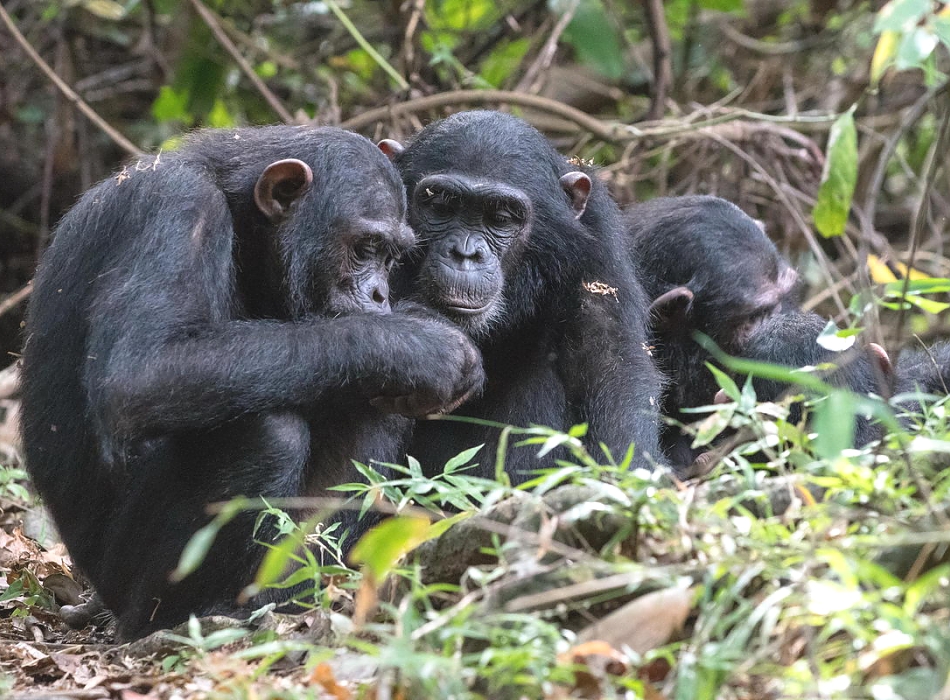
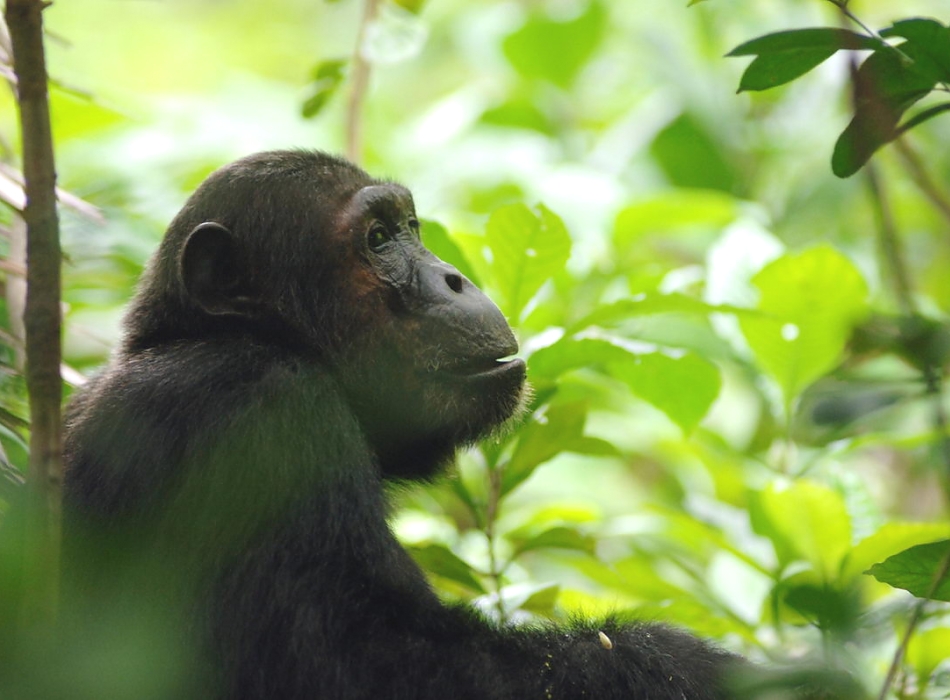


_950_700shar-50brig-20_c1.jpg)
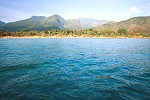
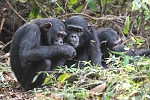
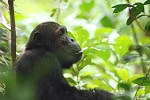


_150_100shar-50brig-20_c1.jpg)
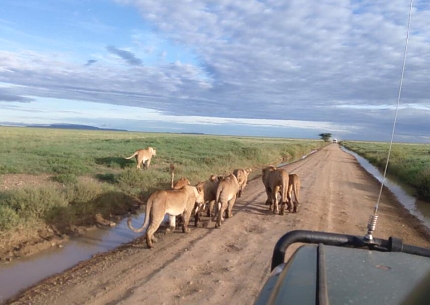
_430_305shar-50brig-20_c1.jpg)
